If your relative had a marriage at the end of their life that did not last long (due to their age) and may have resulted in no children, have you researched that marriage and spouse completely? Depending on the place and time period, that marriage record may tell you more about your ancestor than their earlier marriage record. Your ancestor may have actually known the spouse for decades before the marriage (or at least been aware of them) and the spouse’s migration path may help you learn more about your own ancestor. Family heirlooms, family Bibles, etc. may have passed to the family of this final, short-term spouse. In the case of female ancestors in the United States and many other countries, knowing the last name of that […]
Autosomal DNA results are only helpful with a limited number of generations beyond the testee. As an example AncestryDNA’s ThruLines only includes suggested ancestors back through 5th great-grandparents. The reason for the limit is simple: the further back you go the less autosomal DNA you have from a specific ancestor in that generation. If you’re thinking of getting a relative DNA tested to help with your research and you are using autosomal DNA–which most of the testing companies do–see if there is a relative who is closer to your problem ancestor than you are. A relative and I are both descended from a man named Rufus D. Stephens. He is my 4th great-grandfather. He is her 5th great-grandfather. That means there’s a chance I have more of his […]
This is not a warning about posting personal information online for your own financial safety. It’s about contemplating before you post a place of birth for an ancestor if it is speculation. It’s about thinking twice before posting a maiden name for an ancestor online if your only evidence is a gut feeling you had at three in the morning right before the caffeine wore off. Once a genealogical “fact” gets posted online, it can be impossible to get it removed from all the online trees and other locations where it gets spread. The same thing has always been true about items published in print. A researcher in the 1930s included a maiden name for 18th century Virginia ancestor of mine. Ten years later, she realized the maiden […]
After years of work and some false starts, I was able to add the names of a new-to-me fourth-great-grandfather and his parents to my family tree. It’s been many years since I had a new name to add and it’s time for me to go back and do some of those beginning things when I’ve located a new ancestor. Briefly those things are: familiarize myself with the geographic area in which the families lived, the history, and the extant sources. search the genealogical literature for articles on these families. review my autosomal DNA matches to see if there are trees that include these families. evaluate information on these “new” ancestors to make certain that the information makes sense, is consistent, and does not have gaps in logic or […]
When we mention “issues” with transcription of records for indexes and other finding aids, there are responses that “you should read the whole page,” “learn how to read the individual clerk’s handwriting,” etc. Completely agree. The problem is that many of us rely on indexes and databases created by others in order for us to locate specific records. Being aware of transcription issues and challenges is one way to make more effective use of those databases. We also hear that “manual searches are necessary.” There is no doubt that a line by line search or a document by document search is the best way to make certain that no item or entry is overlooked. The problem with that approach is that some records are too voluminous for a […]
Did the “c” in your ancestor’s “Mc” name get dropped? Peter McLane is transcribed as Peter M Lane in at least one record. It is possible he is transcribed with that name in additional databases. Did your relative’s “Mc” surname get “altered” when an item was transcribed or indexed? Help support Genealogy Tip of the Day by visiting any of the following sites: Try a GenealogyBank Genealogy Search to see what you find. Newspapers.com AncestryDNA offers. Books on Michael’s Genealogy Shelf My webinars
Lines and alignment matter and in today’s tip we are reminded of the importance of viewing an entire image–not just what we want. The convict entry for William Kile, convicted of larceny in Mercer County, Illinois, and admitted to the Joliet penitentiary in May of 1860, seemed to indicate he was born in Georgia. Part of his entry is shown in this post and is underlined. But the digital image of the ledger was misleading. It had not been created from one image made from the open book unaltered. Two images had been spliced together to create the image of the pages I was looking at. Viewing the top of the ledger made it clear that the right hand side of the ledger image was one life off […]
This is your periodic reminder to organize your digital images as you find them. Do not just dump them in one or two folders called “genealogy downloads” or something equally vague. There are a variety of organizational techniques. Pick one and stick with it. Many people use the name of the person from the record as part of the file name–usually the first part. One approach is to have folders for different surnames and then images and folders within that folder for individuals of that surname. If I put every image on a Rampley relative in one folder for that last name, it is overwhelming. My Rampley folder contains numerous folders to separate the images. How to organize folders really depends on the structure of your family, where […]
This may seem obvious, but based upon my emails, messages I get in a variety of places, and comments I see to various postings, a reminder would not hurt. Read the entire question, document, etc. when analyzing it, asking questions about it, answering questions about it, etc. Genealogy is about details. Skimming leads to missed references that often are key to further research. And maybe as a suggestion after reading the entire thing: let any new conclusion based on a single document sit for a few minutes before follow up work starts. Consider reading the document again. Help support Genealogy Tip of the Day by visiting any of the following sites: Try a GenealogyBank Genealogy Search to see what you find. Newspapers.com AncestryDNA offers. Books on Michael’s Genealogy Shelf My webinars
If you’ve encountered “old tenor” in a 18th century deed from Massachusetts, it is a reference to a form of paper money. There’s a longer post about it on our sister website. There’s a Wikipedia article on American Colonial currency that discusses colonial money in general. Help support Genealogy Tip of the Day by visiting any of the following sites: Try a GenealogyBank Genealogy Search to see what you find. Newspapers.com AncestryDNA offers. Books on Michael’s Genealogy Shelf My 1950 Census webinar
The problem-solving approach developed by George Polya has been used in math courses for years. With a little adaptation, genealogists can use it as well. The four steps can be summarized as: Understand-learn all about your relative, the time period, the location, and the records Plan–decide what to search and how to search it Execute–do it…and track what you do Evaluate–analyze what has been found, integrate it into what is already known. If you solved the problem, then there are new ones to solve. If you didn’t solve it, go back to the understand step. That one requires the most work, particularly when research in a new area or time period is being undertaken. Order my problem-solving webinar.
A distant relative contacted me out of the blue and in reviewing a chart he sent on the descendants of my aunt’s husband’s parents, I realized I had information on several of that man’s nephews and nieces because the names were familiar to me. I had heard the names before and I knew where. They were not all in my database. They were all in my head. Even though two names were in my database, I didn’t search for them based on their name. I searched on them based on their relationship to me : wife of my second great-grandfather’s brother, wife of my second great-grandfather’s brother’s first cousin, man who attempted to homestead with a different second great-grandfather. Fortunately I had written about the homesteader situation and […]
Happy 2022 to all our readers. Best of luck in your research in the new year! Today we’re offering a 20.22% discount on two of our webinars.
Your ancestor may have waited to record a document for a variety of reasons. Land records were often filed relatively soon after the document was executed, but some individuals in frontier areas would sometimes wait to file a document because of confusing boundary lines, difficulty of getting to recording office, failure to realize the importance of recording the document. The example in this image is a relinquishment of an interest in a piece of property which was not recorded until the property was subject to an out-of-state lawsuit decades after the relinquishment was signed. Powers-of-attorney to transfer property are sometimes not recorded until the actual document transferring that property is recorded. Sometimes deeds of purchase were not recorded until the property is being transferred by the owner or […]
“I think Isaac Rucker died in May 1799…” That’s what Archeleus Reynolds said in August of 1834 in a deposition taken in Amherst, Virginia. The statement needs to be understood and evaluated based on context. There were several Isaac Ruckers in Amherst County, Virginia. The one Reynolds is talking about is his father-in-law–that’s made clear in other records in this case. Reynolds is making the statement 35 years after Isaac Rucker is claimed to have died. While this document should be transcribe exactly as written (along with a citation clearly stating where the deposition can be found and when it was made), the analysis should take into account the amount of time that has passed and how long it has been since Rucker died. A few things to […]
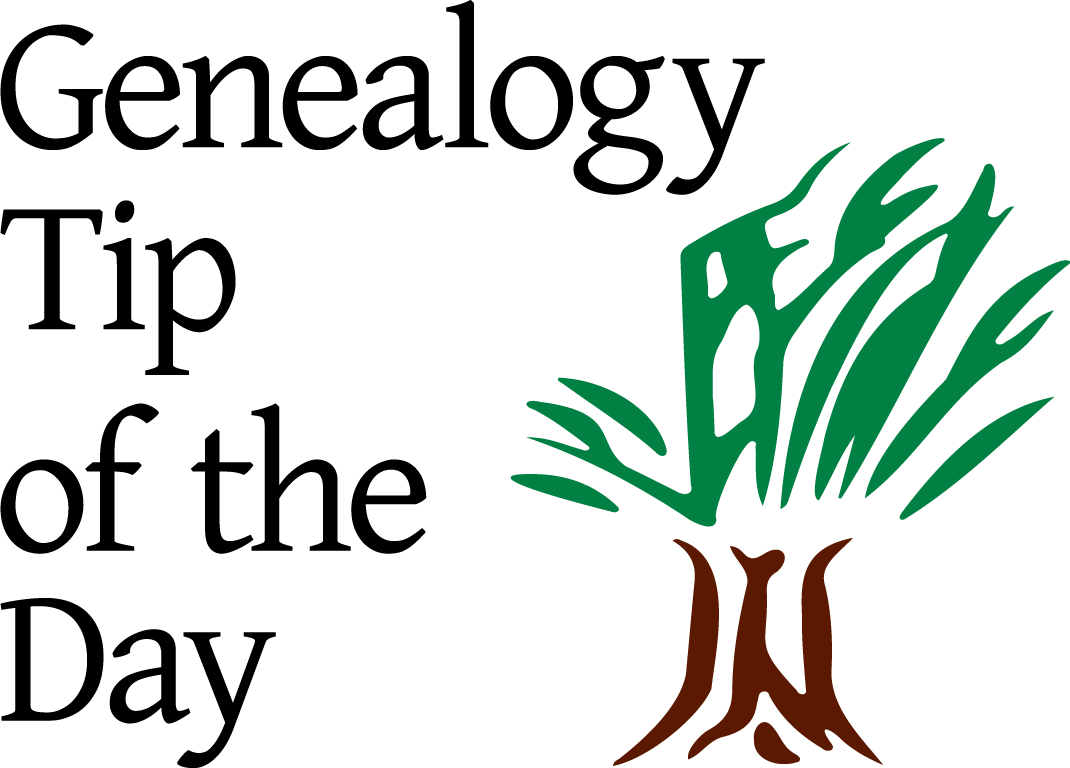
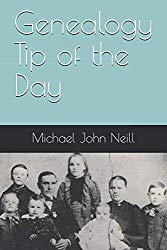
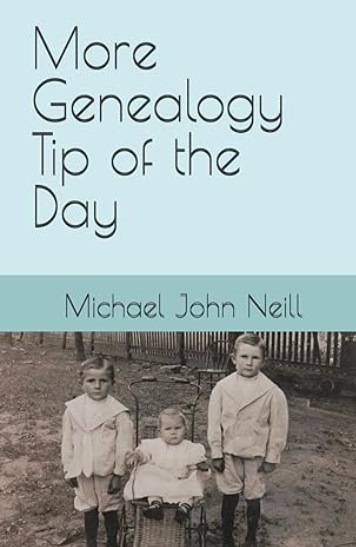

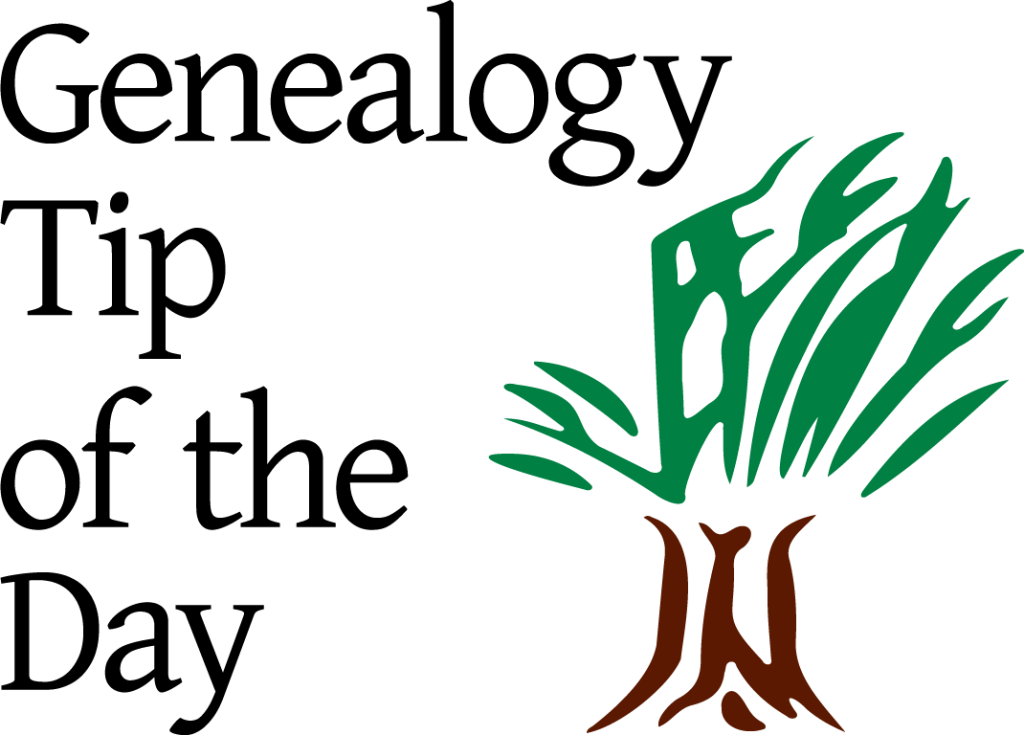
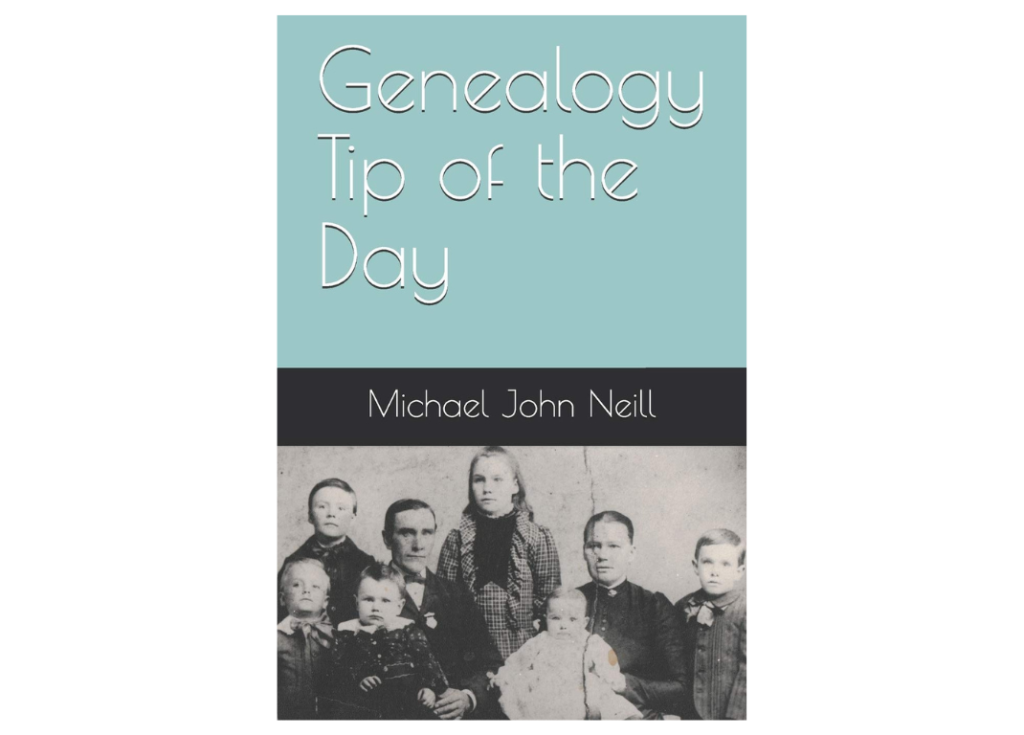
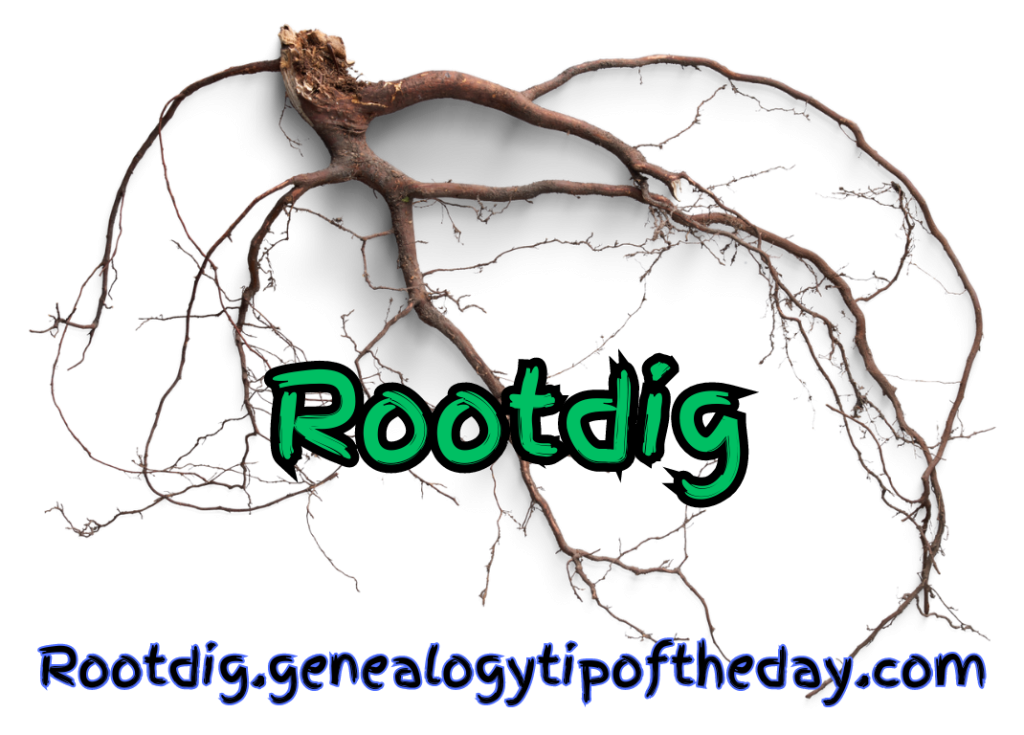

Recent Comments